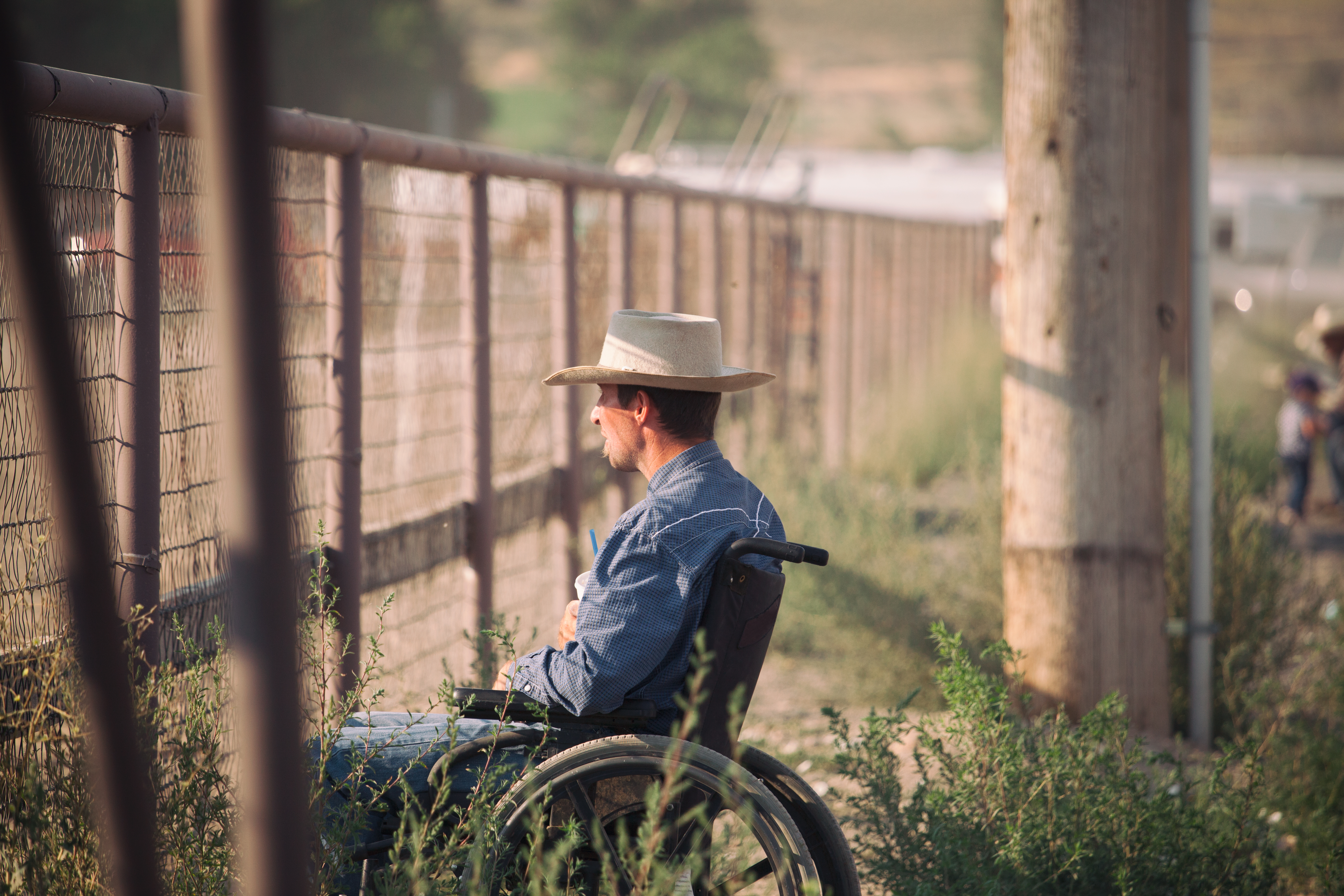When you go to your healthcare provider, they usually take measurements like your temperature and blood pressure. They collect this information, or data, to make recommendations on how to treat you when you are sick.
Governments and health organizations also need data to find out how to reduce illness and prevent disease in communities. Data from individuals can be shared with public health organizations to see what solutions can help improve the health of populations as a whole.
In this article, you'll learn the basics of public health data systems, how COVID-19 showed our systems’ strengths and weaknesses, and ways to make them better for the future.
What is Public Health Data?
Public health organizations collect data from populations, whether at the level of a local neighborhood or an entire country.
Examples of public health data:
- Demographic information (things like age, race, sex, and zip code)
- Morbidity or disease rates show how common certain diseases or conditions are in the population.
- Mortality or death rates show how many people in a population have died because of certain diseases or conditions.
- Environmental exposures are the amount of dangerous substances (like lead or the Salmonella bacteria) that are in the air, food, water, and soil around us.
Where public health data comes from:
Health departments and agencies responsible for protecting public health get data from many sources including:
- Laboratories that test blood and other samples for diseases
- Healthcare provider and hospital records
- National Surveys, such as the National Health Interview Survey
- Vital statistics, such as birth and death records
- Disease registries, such as the National Childhood Cancer Registry
About the Structure of the U.S. Public Health System
The public health system in the U.S. is made up of nationwide federal agencies and State, Tribal, Local, and Territorial health departments. There are also other key players such as community-based and clinical care organizations. The main federal agency responsible for public health in the U.S. is the Department of Health and Human Services (HHS) which includes the Centers for Disease Control and Prevention (CDC).
Most states have different laws about data sharing ─ leading to a decentralized or scattered system of collecting, studying, and sharing public health data.
Public Health Data Systems during COVID-19
So what happens during a public health emergency like COVID-19 which requires a quick response based on nationwide data? The pandemic showed areas where our public health data systems in the U.S. were successful and several where they could be improved.
Online COVID-19 trackers or portals allowed anyone with a web-connected device to see the number of infections and deaths in their county or state.
As COVID-19 rapidly evolved, partnerships developed between government and non-governmental groups that had access to health data. For instance, the state health department in Louisiana teamed up with Blue Cross Blue Shield of Louisiana, a health insurance provider, to develop an outbreak tracker that combined their data to help predict the impact of COVID-19 on hospitals.
COVID-19: A Wake-Up Call for Our Data Problems
The decentralized public health data system in the U.S. made it harder for the nation to respond to COVID-19. It also shed light on certain unfair or inequitable data practices.
- Data was not well defined. The CDC uses data collected from every state and local health department. Early in the pandemic, there was no standard way to report test results, infections, or even deaths due to COVID-19. Since each state made its own rules for COVID-19 reporting, it made it harder for the CDC to correctly combine data from the different states.
- Outdated technology slowed processing time. Due to a lack of funding, many public health departments were still receiving their COVID-19 data by phone, fax, or by paper, as opposed to electronically. With the high volume of COVID-19 tests, these methods took weeks to process and made it harder to slow the spread of the disease.
- Data was hard to get due to privacy laws. The CDC wasn’t initially able to get hospitalization data because of rules mentioned in the HIPAA Privacy Law, the main national law protecting health data. Once a national public health emergency was declared, HHS was able to make changes to the law to ensure essential pandemic data got reported to CDC as long as the public health emergency is in place.
- Important data on race and ethnicity was missing. The data show that American Indian and Alaska Native, Black, and Latino people faced the worst impacts of COVID-19. However, data on race and ethnicity were missing from about half of the COVID-19 test results provided by labs across the county early in the pandemic. These gaps made it harder to find solutions to prevent existing unfair differences in health for these groups from becoming even worse.
The same data issues that made the COVID-19 response difficult are also impacting the U.S. response to outbreaks like monkeypox.
The Future of Public Health Data Systems
Lawmakers and organizations have made plans to strengthen public health data systems using the lessons from the COVID-19 pandemic.
- CDC’s Data Modernization Initiative (DMI) is an effort to improve public health data systems across federal and state health departments. The goal is to create systems that are ready to quickly respond to public health emergencies.
- President Biden’s Pandemic Preparedness Plan focuses on building a public health system that can help prevent another pandemic and reduce its harsh impacts. This includes improving the ability to share and report data.
- Pandemic-Ready Interoperability Modernization Effort (PRIME) is a collaboration between the CDC and the U.S. Digital Service to improve data systems in state and local health departments.
Making data systems equitable:
The way data is collected, studied, shared, and used can either worsen or help reduce unfair or inequitable differences in health between different groups.
The Robert Wood Johnson Foundation recommends several ways to make public health data systems more equitable. These include focusing on community strengths and engaging more closely with the people (like you!) whose data are being collected.
How you can help:
- Contact your local health department. Find out if there are any local efforts to improve public health data systems and if they are looking for input from community members like you.
- Keep learning about public health data and data systems. The more you know about data and data systems, the more you will be able to advocate for ways to improve them.
- Make your voice heard to improve the public health of your community. Attend town halls, city council meetings, or other forums to give your opinion on what should be done to improve your community’s health.
Terms to Know
- Data includes information, such as words and numbers, about things like people and events such as an illness. Data is collected, stored, and studied. Data can be used as proof to support taking a certain action.
- Public health is the science of protecting and promoting the health and well-being of people and their communities. Public health focuses on preventing health issues before they happen.
- Public health data systems are the ongoing processes of collecting, studying, and sharing data about health. These systems can also include other data about populations such as age, race or ethnicity, and income levels which can also give more insight into people's health.
Filling the Data Void
Johns Hopkins University’s COVID-19 Data Dashboard provides infection, death, and vaccination rates in real-time from across the globe ─ a first-of-its-kind surveillance tool that filled a void in the international public health system. Its creator, Lauren Gardner, an associate professor of civil and systems engineering at Johns Hopkins University’s Whiting School of Engineering, won the 2022 Lasker-Bloomberg Public Service Award, America’s top biomedical research prize.





